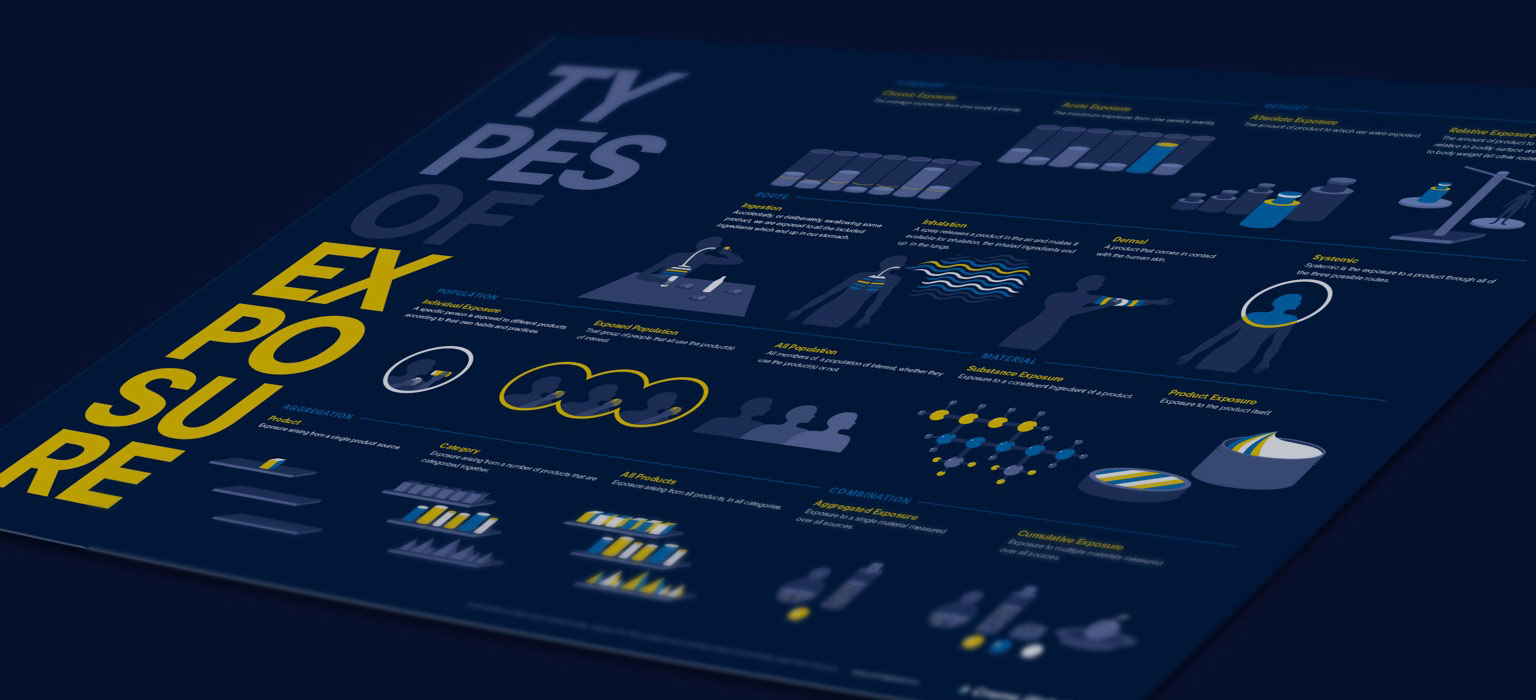Most students of science and business will have been forced to take at least one course in statistics as undergraduates, and will likely have encountered “Student’s t-test” as part of their education. The test is frequently used in a variety of settings, commonly when comparing statistics from two sets of samples. This now fundamental statistical test has a fascinating history and was actually developed right here in Dublin, Ireland at the turn of the last century.
Around the start of 1900s Arthur Guinness Son & Co. set out to hire the best scientists to analyse data concerned with aspects of their brewing process. In 1899 Claude Guinness, who was managing director at the time, hired fellow Oxford graduate William Sealy Gosset (1876 – 1937) who had just graduated with a degree in chemistry and mathematics. Gosset quickly recognised the importance of probability theory in setting the exact value on results of brewery experiments. This lead him to be introduced to the work of the influential statistician Karl Pearson, eventually leading to him taking a year’s leave from Guinness to work with Pearson in 1906. He soon realised however that Pearson’s work needed extending in order to deal with the small samples that were typically encountered working in the Guinness brewery.
Working with Pearson, Gosset mainly focused on small-sample problems. During his year in Guinness he laid the foundations for his most famous work, “The Probable Error of a Mean” which was published in Biometrika in 1908. The stumbling block was that Guinness had a policy of not publishing trade secrets for fear of them being used by their competitors. Gosset convinced Guinness that the theory would be of no practical use to other brewers and was allowed to publish it under the pen name “Student”. Thus, the term Student’s t-test came into being, leaving its creator without the recognition he deserved.
Gosset published 22 papers under the name Student, including a novel use of the Poisson distribution for counting the number of yeast cells when brewing Guinness. Student’s t-test wasn’t extensively used outside the brewery for a number of years due to lack of interest in small-sample statistics. The work became more widely promoted thanks to the efforts of another heavyweight in statistics, R.A. Fisher (creator of ANOVA amongst many other things), who recognised the importance of the work.
So the next time you are enjoying the remarkable quality, consistency, flavour, and creamy goodness of a pint of Guinness, spare a thought for the now largely forgotten William Sealy Gosset. And well he deserves it; anyone who develops cutting edge statistics purely to improve the quality of beer is surely a hero!



